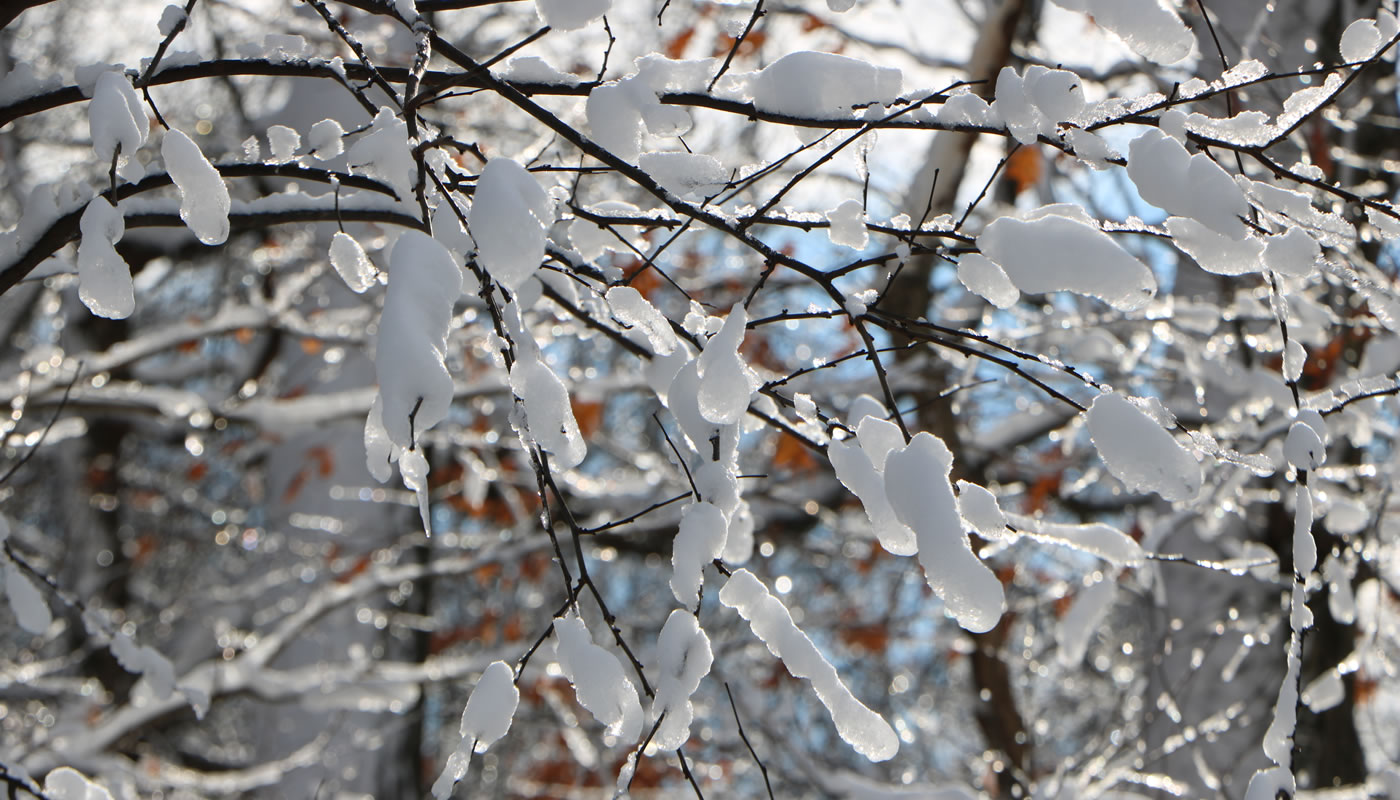While most people want to stay indoors wrapped up in cozy blankets and sipping hot chocolate during the cold winter months, the Forest Preserves of Cook County prefers to be outside beginning large-scale restoration projects.
According to Troy Showerman, resource project manager for the Forest Preserves, there are two main reasons winter is a great time to begin restoration projects.
“The first reason winter is a great time for restoration is because it protects the soil,” explains Showerman. “And really, it’s not so much winter, but rather frozen ground. When we’re talking about restoration in the winter, we’re usually talking about tree removal and brush removal, things like tree-thinning projects, tree-removal projects and brush-removal projects.”
With large-scale restoration projects, especially those that require brush and tree removal, frozen ground protects the soil from crews who are walking back and forth in the project area, as well as the use of heavy machinery. If the ground is soft, the heavy traffic can leave ruts, compress the soil, and force native seeds deeper underground.
“The other main advantage to winter restoration is the fact that the majority of wildlife is dormant, reducing impact on the animals in a particular area,” says Showerman.
Once the brush and tree clearing is complete during winter, a restoration project site is ready for a new beginning come spring.
“After clearing an area, we are left with something of a clean slate for spring. We will then wait to see if the native seed bank expresses itself. If there is a need to supplement with seed, we can begin seeding the area right away, which kind of kick starts things. But even without seed, with the work taking place over winter, we’re ready to go as soon as the growing season starts,” explains Showerman.
One upcoming project that will begin once the ground is frozen is at Thornton-Lansing Road Nature Preserve, commonly known as Zanders Woods, in Glenwood. This site is undergoing ecological restoration as part of a multi-site project across southern Cook County in collaboration with the Illinois Department of Natural Resources, funded by the U.S. Environmental Protection Agency under the Great Lakes Restoration Initiative in the amount of $999,725 to protect and restore Great Lakes habitats.
As a rare sand savanna ecosystem in Cook County, Zanders Woods has been identified as the Forest Preserves’ number two priority restoration site. It is currently dominated by black and white oak trees that are shading out many of the habitat’s rare native plants. This 140-acre project will include tree removal, with an overall goal of increasing light levels on the ground.
The project is part of The Millennium Reserve Compact – Uniting to Control Invasives project, which includes 12 sites totaling nearly 300 acres of wetlands, prairie and savannas that will be restored. The project will provide work experience for Chicago’s Greencorps program, and Audubon’s Wild Indigo Nature Exploration Program will conduct community outreach and provide experiential programs and nature hikes that will engage people of all ages. Partners include Audubon Great Lakes and Greencorps Chicago, Illinois DNR, The Nature Conservancy, Chicago Park District, Illinois Nature Preserves Commission and the Southeast Environmental Task Force.

